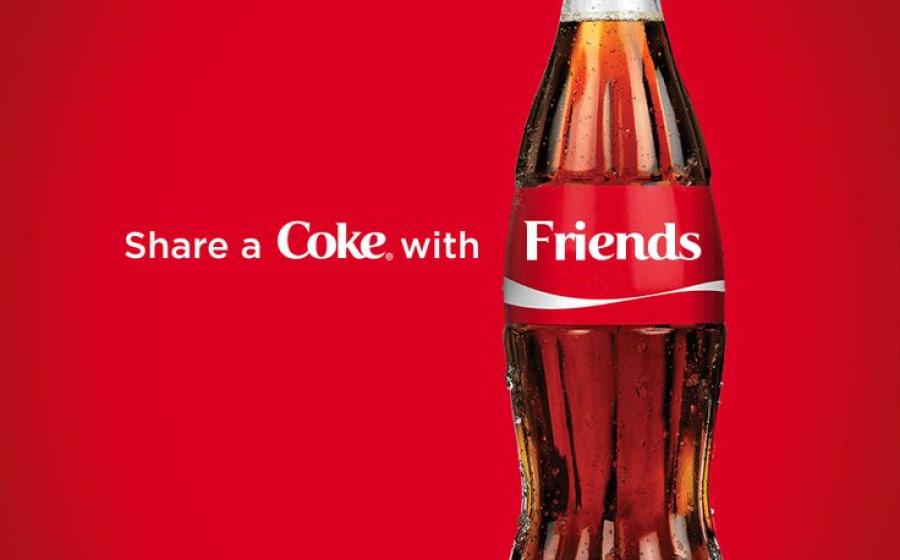
In today’s competitive market, the packaging of a product is more than just a protective cover. It is the first impression a consumer has of a brand, influencing their decision to purchase. As consumer expectations evolve, packaging must balance functionality, shelf appeal, and sustainability. One key factor that plays a pivotal role in achieving this balance is the printing techniques used in packaging design. Let’s explore how modern printing techniques are shaping the future of packaging, from enhancing brand identity to reducing environmental impact.
1. The Power of Visual Appeal: How Printing Creates a Strong First Impression
When consumers are browsing store aisles, their decision-making process is often heavily influenced by the visual impact of the product packaging. Printing techniques are instrumental in creating eye-catching designs that capture attention and communicate a brand's story. High-quality printing methods, such as flexography, offset printing, and digital printing, ensure vibrant colors, sharp images, and intricate designs that reflect the brand’s personality and appeal to target consumers.
- Flexography offers versatility for food and beverage packaging, providing cost-effective, high-quality prints on flexible materials.
- Offset Printing ensures crisp, sharp images, ideal for luxury goods and rigid packaging.
- Digital Printing allows for customization and quick production, making it perfect for small batches and e-commerce.
2. Consumer Trends: The Demand for Sustainable Packaging
As the demand for sustainable products grows, packaging manufacturers are increasingly focusing on eco-friendly materials and printing processes. Consumers are now more conscious than ever of their environmental impact, and brands must respond by adopting packaging designs that reflect their commitment to sustainability.
- Water-based Inks and Non-toxic Coatings: Traditional ink formulas may contain volatile organic compounds (VOCs) that are harmful to the environment. Today, many packaging producers are turning to water-based inks, which are free from harmful chemicals and produce less air pollution. Non-toxic coatings also reduce the environmental footprint while maintaining a premium finish.
- Recyclable and Compostable Materials:As part of the sustainability trend, packaging materials are also evolving. The use of recyclable and compostable materials combined with eco-friendly printing techniques helps reduce waste and the carbon footprint of packaging. Brands are increasingly opting for biodegradable plastics and paper-based packaging, ensuring that their products align with eco-conscious consumers’ values.
- Minimalistic Designs: A growing trend in the packaging industry is the move toward minimalism. By using fewer materials and reducing excess packaging, brands can reduce their environmental impact. Printing plays a key role in achieving this aesthetic, as it allows for intricate designs without requiring excessive layers of material.
3. The Role of Printing in Packaging Functionality
Beyond its visual appeal, printing techniques also enhance packaging functionality. Labels and prints are crucial for providing product information, such as ingredients, expiration dates, and safety warnings, in an easy-to-read format.
-
Interactive Features: Advances in printing technology have enabled the integration of interactive features into packaging, such as QR codes and augmented reality (AR). These digital interactions enhance consumer engagement by providing instant access to additional content, promotions, or product instructions. Printing methods like digital and screen printing are well-suited for these dynamic features.
-
Barcodes and Serialization: With the rise of e-commerce and the need for supply chain transparency, printing techniques that enable barcode and serial number printing have become essential. These features ensure product traceability and help in managing inventory more effectively.
4. Innovations in Packaging Printing: A Look Ahead
As technology continues to evolve, so too does the world of packaging printing. We are seeing exciting innovations that promise to further enhance packaging design and sustainability.
-
3D Printing: With the potential to revolutionize the packaging industry, 3D printing offers endless possibilities for creating unique, custom-shaped packaging designs. Brands could produce packaging in the exact form that best suits their product, while also minimizing material waste.
-
Smart Packaging: Smart packaging goes beyond traditional printing by incorporating sensors, RFID chips, and QR codes that interact with smartphones or smart devices. This technology enables consumers to track products, access interactive content, and even receive personalized recommendations.
-
Sustainable Ink Innovations: The development of plant-based inks and soy-based inks has the potential to further reduce the environmental impact of packaging. These inks are biodegradable, reduce energy consumption during printing, and are less harmful to both the environment and printers.
5. The Bottom Line: Balancing Aesthetics with Responsibility
While shelf appeal and functionality are key drivers of packaging design, brands cannot afford to ignore the growing importance of sustainability. The printing techniques used in packaging are evolving to meet consumer demands for environmentally responsible products without sacrificing quality or visual impact. Brands that embrace these advancements are not only enhancing their market presence but also contributing to a more sustainable future.
As the packaging industry continues to innovate, it is clear that the future of packaging is one that will balance aesthetic appeal with environmental responsibility. By utilizing advanced printing techniques and sustainable practices, brands can ensure that their packaging not only stands out on the shelf but also contributes to a greener, more sustainable world.
